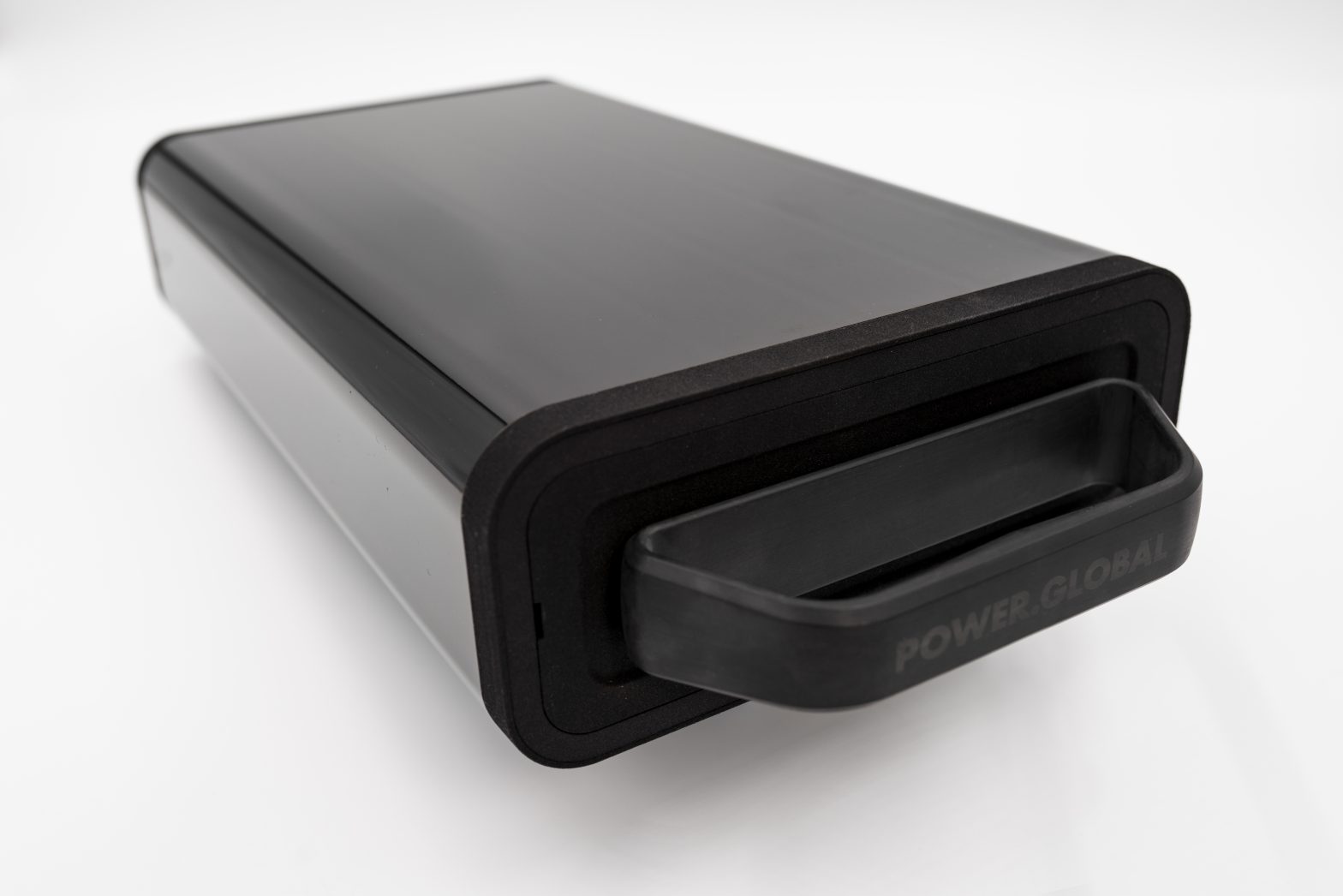The Model 3 and Model Y are reportedly among the approved models, a Bloomberg report noted. Go to Source
Tag: Tesla
Autos & TransportationIndian auto parts makers’ shares gain on report of talks with TeslaAugust 30, 2021
The logo of car manufacturer Tesla is seen at a dealership in London, Britain, May 14, 2021. REUTERS/Matthew Childs/File Photo BENGALURU, Aug 30 (Reuters) – Shares of Indian auto parts suppliers rose as much as 14% on Monday following a report electric-vehicle maker Tesla Inc (TSLA.O) was in talks with at least three companies to… Continue reading Autos & TransportationIndian auto parts makers’ shares gain on report of talks with TeslaAugust 30, 2021
Power Global eyes India’s auto rickshaw industry with swappable battery and retrofit kit
In India, a country that is more densely populated and has lower rates of car ownership, auto rickshaws and other two- or three-wheeled vehicles play a central role. While many auto rickshaws on Indian roads are already electric, they tend to rely on lead-acid batteries that need to be replaced every six to 11 months.… Continue reading Power Global eyes India’s auto rickshaw industry with swappable battery and retrofit kit
World NM: Regulators taking wheel in driverless sector001524
Series of mishaps place fast-growing industry under greater scrutiny Level 2 vehicles can control steering, accelerating and decelerating, but are far from self-driving functionality and a human must sit in the driver’s seat and be ready to take control of the car at any time. Tesla, the first to offer ADAS features, calls its systems… Continue reading World NM: Regulators taking wheel in driverless sector001524
The way seems to be clear for the arrival of Tesla in India
The door to the Indian market has just opened a little more for Tesla. According to the daily “India Times”, the American manufacturer who wishes to test this market has received the support of several ministries of the Indian government. At the same time, four models have just obtained their circulation authorization from the Indian… Continue reading The way seems to be clear for the arrival of Tesla in India
Eight Sleep Raises $86M in Series C Funding
Eight Sleep, a Miami, FL-based sleep fitness company, closed an $86M Series C funding round. The round was led by Valor Equity Partners, with participation from other funds, including SoftBank, Khosla Ventures, Founders Fund, and General Catalyst. Antonio Gracias, Valor’s Founder, CEO, and CIO, joined the Eight Sleep Board. Mr. Gracias sits on the boards… Continue reading Eight Sleep Raises $86M in Series C Funding
China Says Minors Can Only Play Three Hours of Online Games Per Week
The gaming industry — and likely kids — aren’t thrilled about the crackdown. Slashed Hours China’s government has announced strict new limits on how much minors under the age of 18 can play video games online, forcing some of the biggest gaming platform developers to limit availability to just three hours a week, Bloomberg reports. The… Continue reading China Says Minors Can Only Play Three Hours of Online Games Per Week
Chinese battery maker says it’s ready to produce cobalt-free EV power packs at scale
When you factor in cars, trucks, planes, trains and shipping, the transportation sector is the largest source of greenhouse gases in the US. If we’re going to have any chance of addressing climate change, we’ll need to move away from burning fossil fuels in our cars. There’s just one problem with most electric vehicles: they… Continue reading Chinese battery maker says it’s ready to produce cobalt-free EV power packs at scale
Elon Musk’s Loop gets Autopilot — and an intruder
Less than two weeks after its official launch, The Boring Company’s Loop system in Las Vegas had its first security breach. On June 21, the morning of the final day of the International Beauty Show, an “unauthorized vehicle” joined the system’s fleet of Tesla taxis underground, emails between the Loop’s operations manager and a Clark… Continue reading Elon Musk’s Loop gets Autopilot — and an intruder
SVOLT unveils cobalt-free battery, claiming first company to reach ‘series production’
Battery systems manufacturer SVOLT has unveiled a cobalt-free battery pack at the Chengdu Motor Show in China. The company now claims to be the first to create a cobalt-free battery that has reached series production, although other battery manufacturers have claimed similar production achievements. SVOLT describes itself as a “high-tech enterprise in the global EV… Continue reading SVOLT unveils cobalt-free battery, claiming first company to reach ‘series production’

